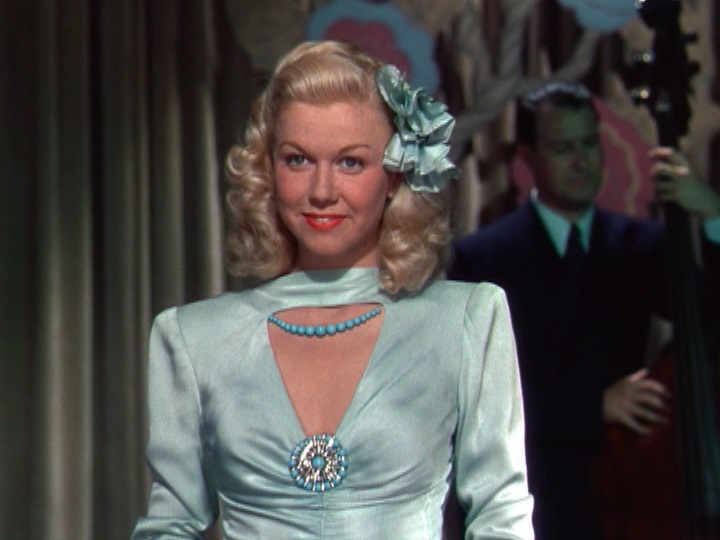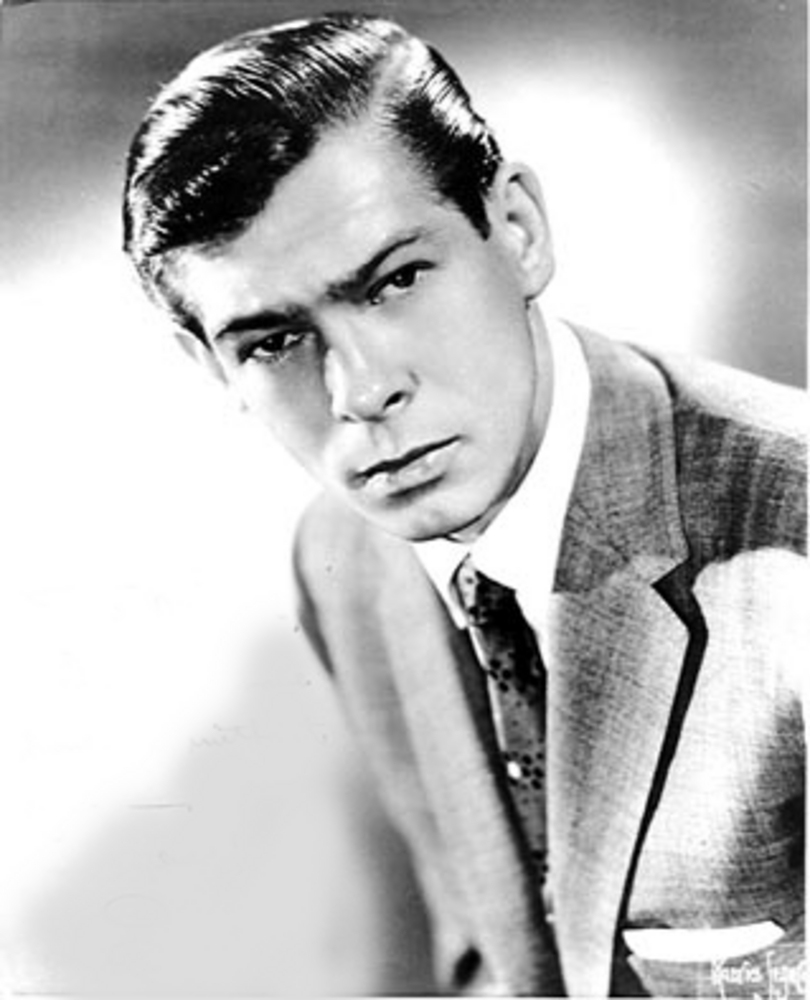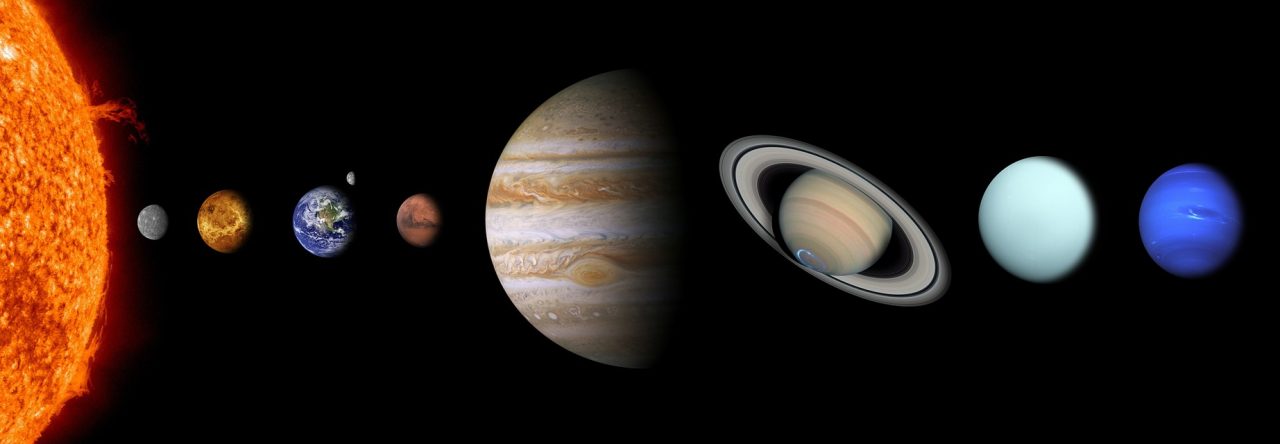There have been numerous terrible ideas throughout the history of our planet, and unfortunately, many of them have originated from this account. Despite this, we will carry on the tradition and introduce the latest addition to the family of bad ideas, which is Some Geek Told Me.
Last month, I ranted on about my love for We Didn’t Start the Fire, by Billy Joel. In that hot mess of literary foolishness, I explained that I was going to cover all of the historical references in the song; or at least try to, but also relate them to contemporary time. I’ll do this by producing one blog per month. Maybe.
The aim is to cover the 119 references from 1948-1989, so how long will this take me? You tell me and we’ll both know. The lyrics will be in bold and italics because we’re really fancy on this account!
Right, I’m not here to shag spiders, so without too much fanfare, let’s crack on and do this!

1948
Harry Truman:
Harry S. Truman was the Vice-President of the United States of America from January-April 1945, then became President after the death of Franklin D. Roosevelt. Truman is a divisive figure in US and world history, much like Elon Musk or George W. Bush.
On one hand, he helped steer the United States through to the end of the Second World War; authorised the Berlin Airlift; recognised the State of Israel; won re-election in 1948; and promoted civil rights. On the other hand, Truman deployed troops into the Korean War and authorised the atomic bombings of the Japanese cities of Hiroshima and Nagasaki. In saying that, George W. Bush would be the modern version of Truman.

Image by WikiImages from Pixabay
Doris Day:
Born Doris Mary Kappelhoff, Doris Day was a major entertainment star in the United States. She was already a successful singer before she turned to acting. Over the years, she became a huge attraction to the television and movie industry.
Billy Joel mentioned her in the song, became her first feature film, Romance on the High Seas, was released in 1948. If you’re still unsure about her impact on pop culture, just think of Jennifer Lopez, Lady Gaga, or Rihanna.

1949
Red China:
In 1949, the Chinese Civil War came to a close after causing the deaths of millions of people. Mao Zedong, the leader of the Chinese Communist Party, succeeded in defeating the government led by Chiang Kai-shek and the Kuomintang. As a result, the People’s Republic of China was established.
The Kuomintang, also known as Nationalists, fled mainland China to Taiwan, where they settled and took control. The geo-politics of 2024 concerning China and Taiwan, have their origins in the end of the Chinese Civil War.

(Source: diverse-travel.com)
Johnnie Ray:
Johnnie Ray, a singer, songwriter, and pianist, was born in Oregon, USA. He was widely recognised as the Father of Rock and Roll due to his significant contributions to the genre. During the late 1940s and 1950s, he was one of the most famous singers in the world.
His music and dance moves reinvented the method singers could perform, and paved the way for others to follow him; notably Elvis Presley. When Ray signed to Okeh Records, music was going to be changed forever. For contemporary equivalents, the best people I can think of would be Michael Jackson and Madonna.

South Pacific:
Not only is it the name of my location, but South Pacific was a Broadway musical, that opened in 1949. The musical was based on the World War Two book, Tales of the South Pacific, and the musical also inspired the 1958 film.
South Pacific is famous; at least to me, for mainly two reasons. The Richard Rodgers and Oscar Hammerstein production became one of the best musicals of all time since it was extremely financially and critically successful.
The other reason was that the musical was progressive for its time, as it tackled racism and prejudice. This was important because the United States was still in its segregation phase. If South Pacific opened in 2024, and not in 1949, you can bet your Black Lives Matter flag, that the musical would be labelled as woke. Very, very woke.

Walter Winchell:
We’re going back to another US icon in the form of Walter Winchell. Winchell was primarily a radio news commentator and newspaper columnist, through the 1930’s-1950’s. His notoriety is that he had outspoken views on a variety of subjects, which included attacking the Nazis and the Ku Klux Klan; as well as denouncing communism.
This led Winchell to join the “McCarthyism” movement, in spreading misinformation about the Second Red Scare, supporting the idea that communists had infiltrated the US Government; in addition to destroying people’s careers and reputations.
If you’re having trouble understanding what I’m talking about with Winchell, just picture Alex Jones from InfoWars and you’re there.
Joe DiMaggio:
Born Giuseppe Paolo DiMaggio, Joe DiMaggio was a famous US baseball player. He held multiple batting records and mainly played for the New York Yankees, during the 1940s-1950s. In the world of team sports, DiMaggio would have been Michael Jordan or Lionel Messi. DiMaggio was a star and hero to millions of people.
In 1949, DiMaggio signed a contract with the Yankees worth $100,000. This was a record-breaking contract for a professional sportsman at the time and helped to usher in a new wave of extremely well-paid players.

And with that, we have covered 1948-1949, in the form of a US President, a singer/actor, a civil war, another singer, a musical, a gossip columnist, and a baseball player.
My We Didn’t Start the Fire project is going to take some time, but we’ll get there. Eventually.
Thanks once again for reading, following, and subscribing to Some Geek Told Me. Don’t forget to walk your dog, read a banned book, eat a raw lemon, and I’ll see you next week, because we’re going to check in with my wife and her television shows. It’s going to be riveting.









You must be logged in to post a comment.